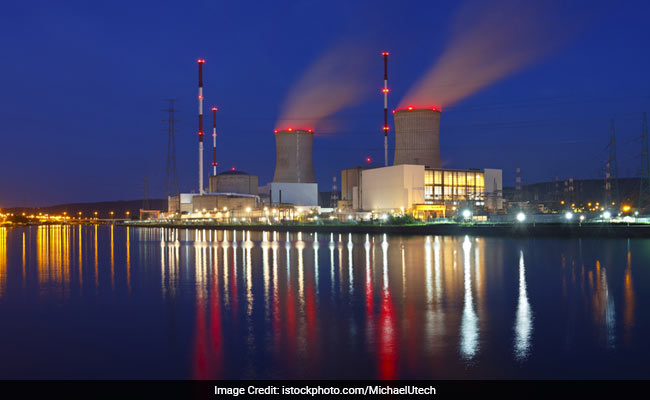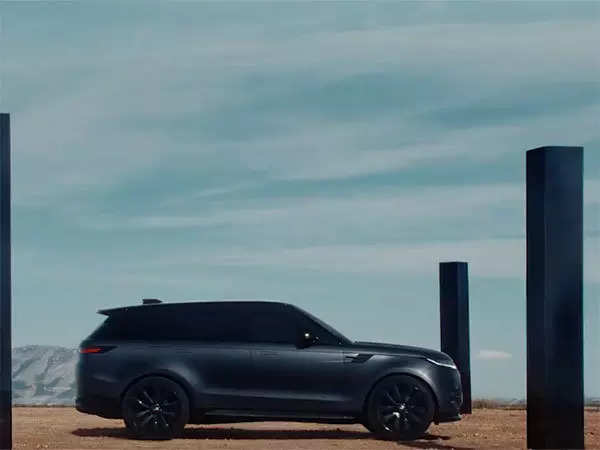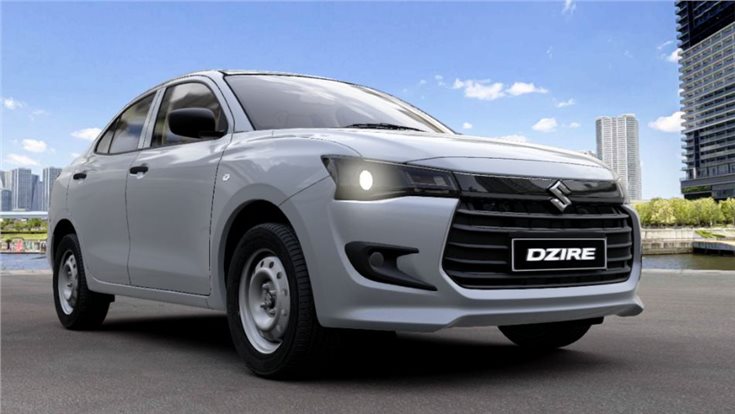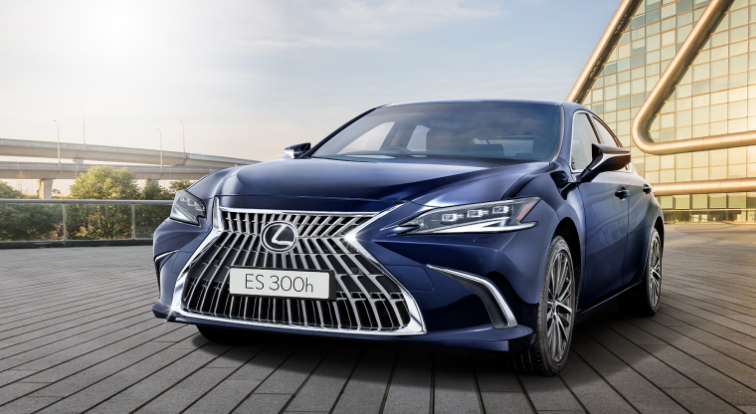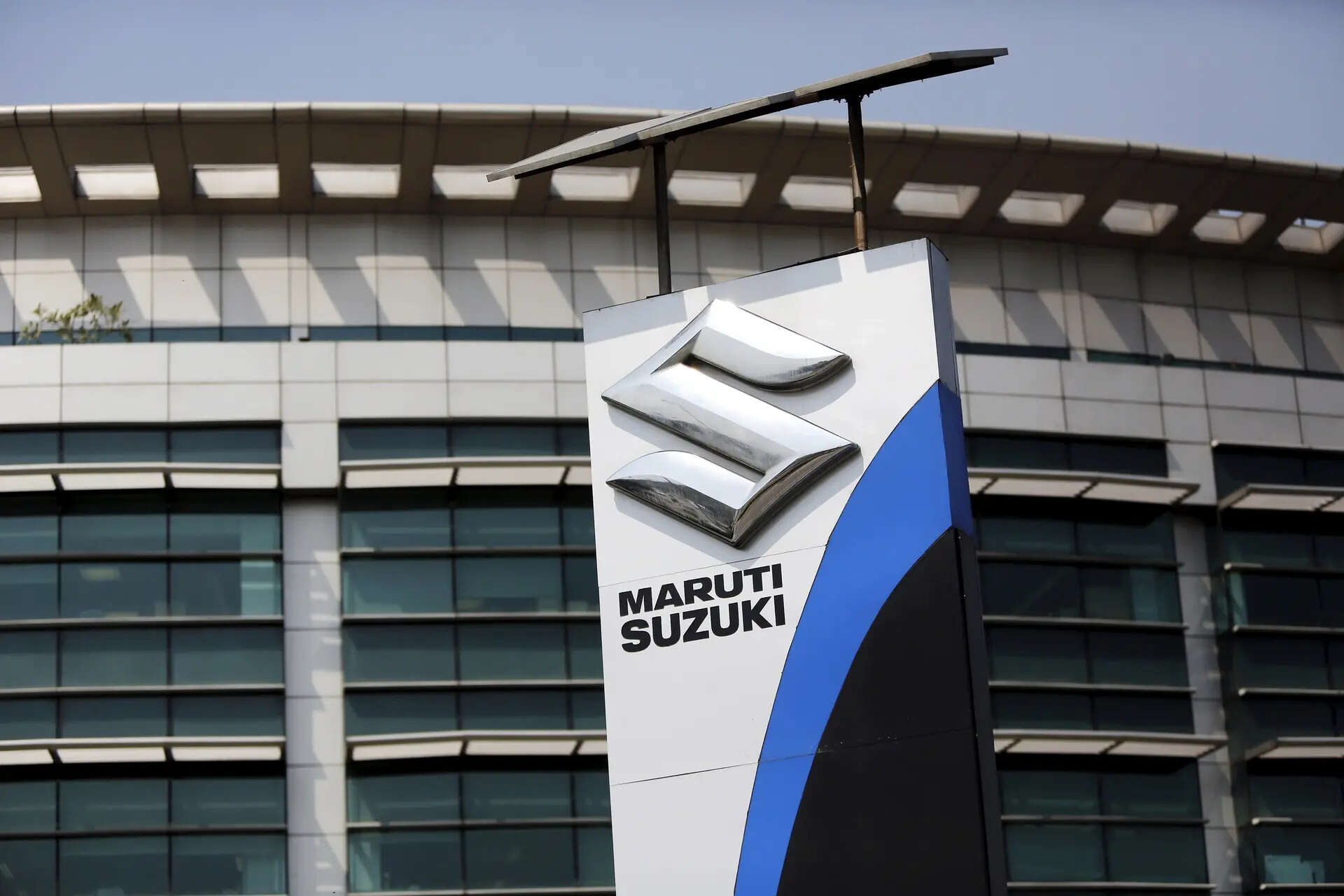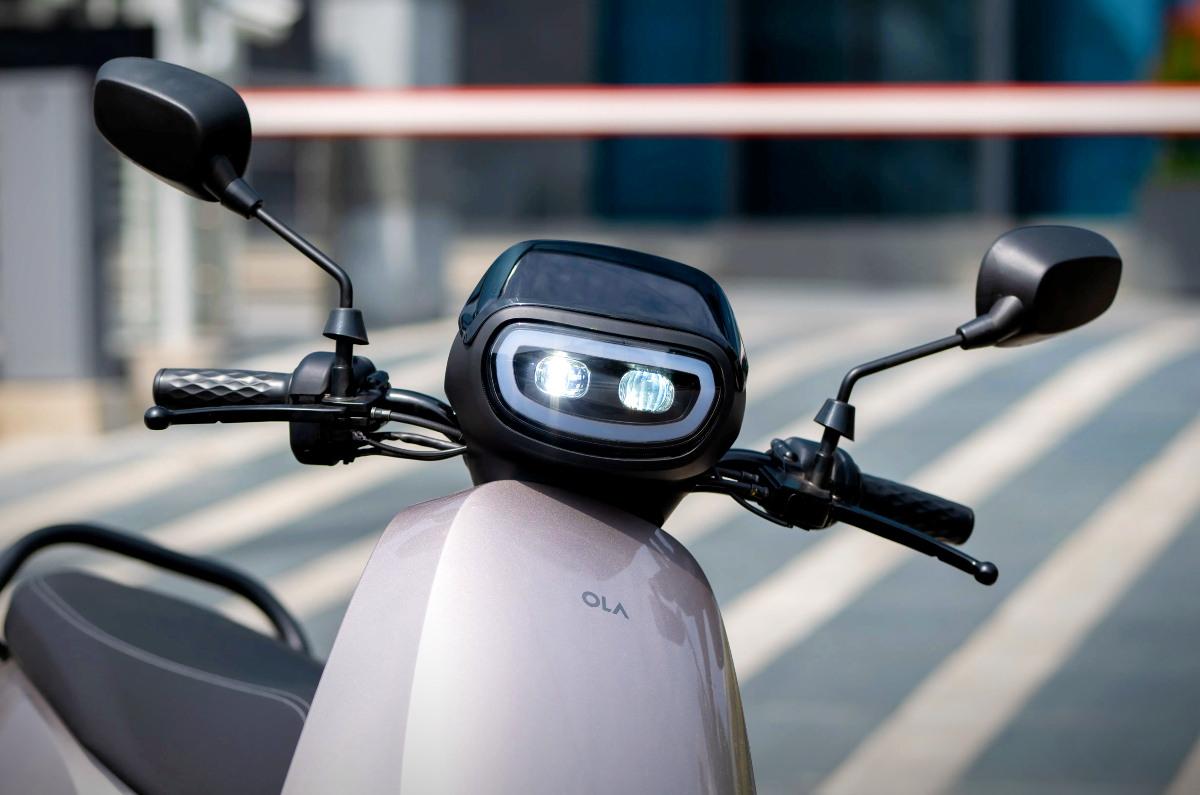The British brand’s first performance sedan since the Carlton arrives as a 918hp EV.
The ground-up reinvention of Lotus continues apace as the brand takes a bold leap into another new segment with the Emeya – a sleek electric sports sedan conceived to rival the Porsche Taycan and Tesla Model S. Carrying the torch from the 1990 Lotus Carlton into the electric era, the Emeya arrives just 18 months after Lotus revealed its first SUV, the Eletre, as part of a new family of lifestyle-oriented electric cars that have been engineered and built in Wuhan, China.
- Lotus Emeya gets 918hp and 984Nm sent to all four wheels
- 102kWh battery expected to provide up to 600km of range
- Production of the Emeya begin in 2024 at Lotus’s plant in Wuhan, China
Lotus Emeya powertrain and architecture
The Emeya is based on Lotus’s new Electric Premium Architecture. This bespoke structure is adaptable to suit various car segments as well as different battery sizes, electric motors, component layouts and intelligent driving technologies. Although they are entirely unrelated to the sports cars Lotus still builds in Hethel, outstanding performance remains a priority for these new-era EVs. As a result, the fastest Emeya packs a dual-motor powertrain that sends up to 918hp and 984Nm through all four wheels. That’s sufficient for 0-100kph in 2.8sec, matching the top-link Taycan Turbo S and making the Emeya one of the quickest four-doors on the market.
The Emeya has a 102kWh battery pack that yields an as yet undisclosed range. However, Lotus claims it is “broadly similar” to that offered by the Eletre, which achieves 600km in entry-level and S guise, and 490km in the high-power R models. Charging is possible at rates of up to 350kW, enabling a 150km range boost in just five minutes at the fastest chargers, according to Lotus. Recharging from 10-80 percent is said to take as little as 15 minutes.
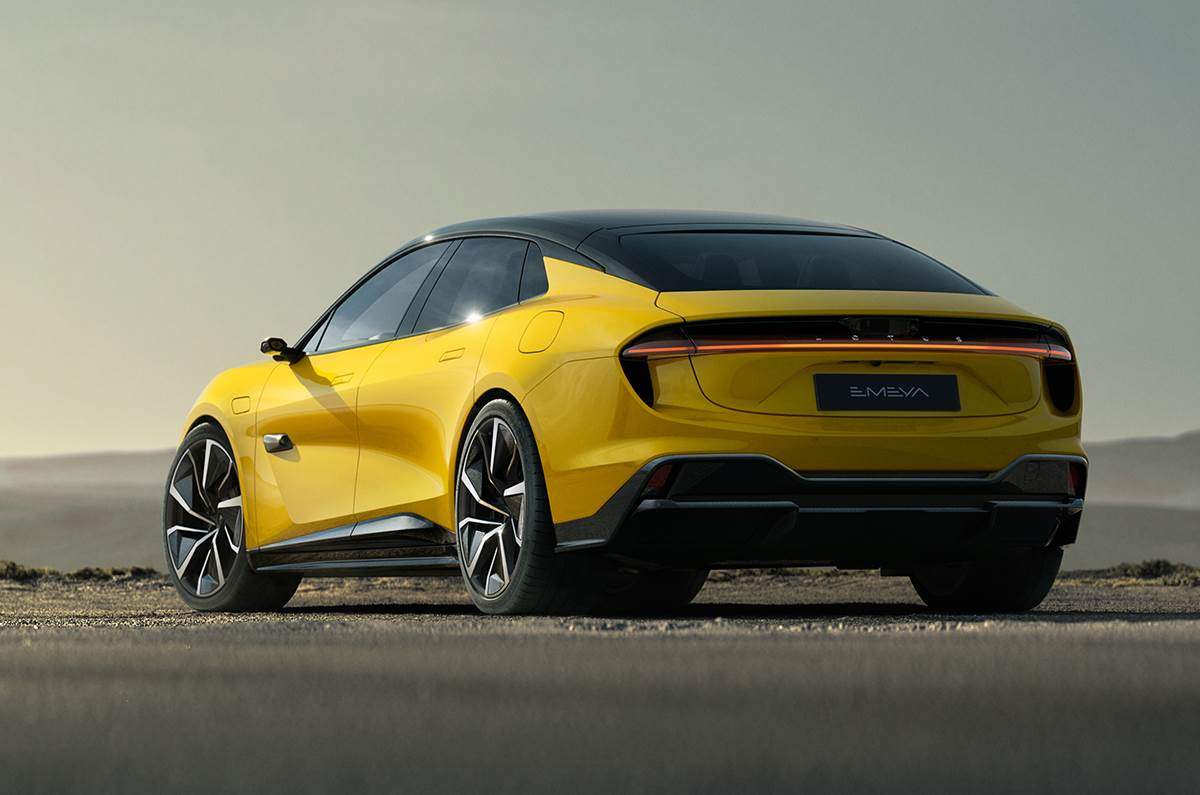
The Emeya is not solely about big numbers and brute force, though. Its standard-fit air suspension system scans the road ahead a 1,000 times per second, and actively responds to the harshness of its surface by priming the dampers at each corner of the car appropriately. Lotus’s performance sedan also features an abundance of active aerodynamic elements, including the grille, rear diffuser, and a rear spoiler that is 100mm wider than the Eletre’s, and extends at speed to enhance stability.
The use of active aero is an “opportunity”, vice president of Lotus design Ben Payne told our sister publication Autocar UK, because it allows the firm to produce a high-performance car that also appears elegant. “High-performing, aerodynamic cars are quite fragmented.” Payne said. “You have bits in various positions all over them, so they tend to look less clean, simple and coherent. For us, looking at the future direction for Lotus, we were very keen to try and make the cars look as pure as possible and active aero allows you to do that.”
Lotus Emeya interior and features
Inside, performance-oriented cues, such as carbon-bodied front seats and a flat-bottomed steering wheel, are combined with more overtly luxurious elements – individual rear seats, digital rear-view mirror screens and materials with high perceived quality among them.

The tech prowess of Lotus Technology, the Chinese EV arm of Lotus, manifests in an expansive 55.0-inch head-up display, which projects key information such as directions and driver assistance system warnings across the width of the windscreen. A large central touchscreen with 5G connectivity and over-the-air updatability is flanked by two slimmer digital displays – one for the driver, one for the passenger – in a set-up that broadly mirrors the Eletre’s.
Physical controls feature on the centre console, steering wheel and steering column, but many of the Emeya’s core functions are controllable using the touchscreen or voice assistance. The high-tech cockpit serves as a “clear indication” of the advanced technical architecture underpinning the Emeya, said Payne.
Lotus Emeya design
This impression is reinforced by the Emeya’s cab-forward silhouette, long wheelbase and short overhangs – proportions made possible by the Emeya’s electric powertrain. “We want to make sure that people understand this is an EV and leverage the possibilities the [skateboard] architecture allows you to have,” said Payne. He explained that traditionally, a GT’s proportions have been determined by “how many cylinders are under the bonnet”, giving “a long, powerful [nose] and a tight cabin at the rear”.
By breaking from these conventions, the Emeya “subconsciously tells you this is an electrified product”, said Payne. “It physically can’t have a big V8 under the hood, because we didn’t have space for it”.
Aside from its sleeker silhouette, the Emeya bears a strong resemblance to the larger Eletre. This is “wholly deliberate”, said Payne, as Lotus aims to restructure its brand image around more practical, daily-usable EVs – against the backdrop of its heritage of building uncompromising sports cars. Payne said: “Eletre is the biggest stretch for the traditional Lotus customer. Looking at where we’ve gone, we had to try very hard to put as much sports car DNA into that product as possible. Bearing in mind its size and proportion, for some people, that’s a stretch. I think, in the design team’s eyes, there are an awful lot of features on that car that really sell it as the hypercar of SUVs.
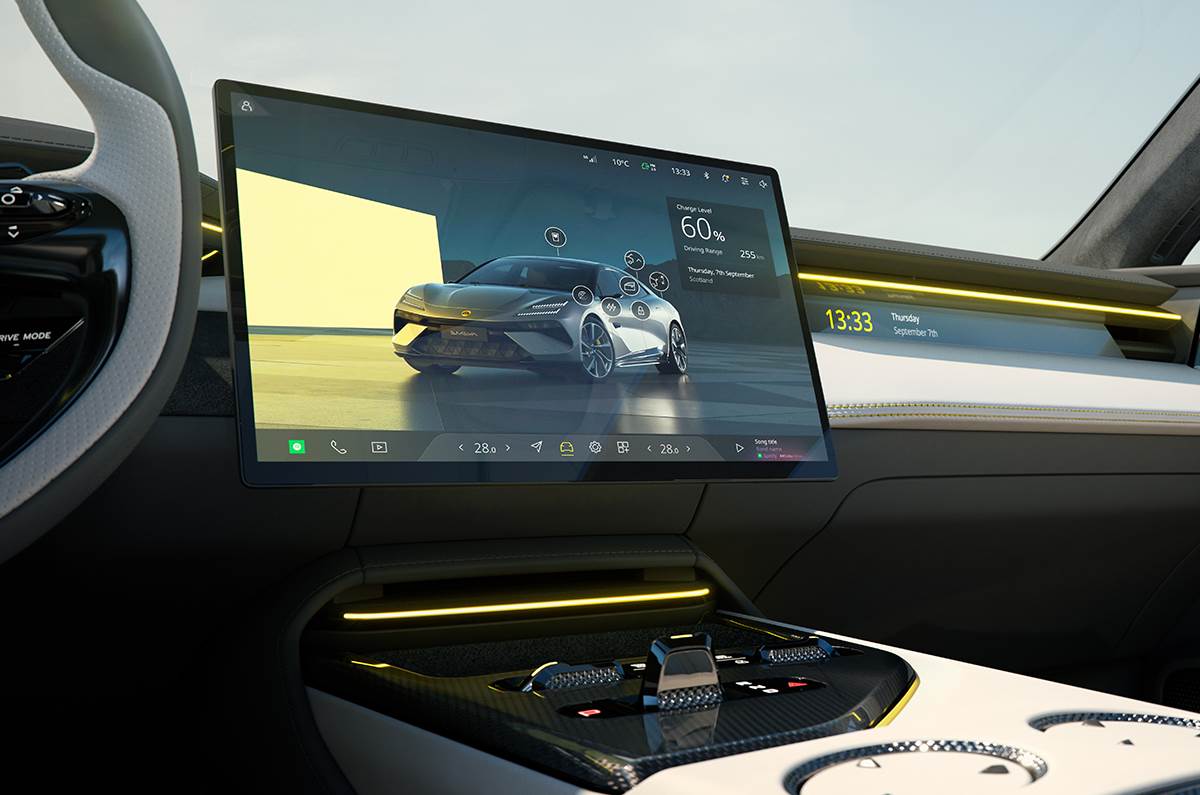
“Coming on to Emeya, we want to continue that. We’re quite mindful that Lotus needs to build an identity that makes sense and we have a properly joined-up aesthetic from the sports cars to the lifestyle product, so it looks like one complete range. At the minute, obviously, that’s in mid-process.”
Nonetheless, Payne wants to avoid “cookie-cutter” styling for future Lotus models. These include the Type 134 – a Porsche Macan EV rival that is “well in development” – and the Type 135, an electric successor to the Elise. The Eletre and the Emeya form “a springboard” for these models – as well as what comes after that, which is “five years out”. Payne would not be drawn on the form these cars will take but confirmed that “super-exciting” design work has begun.
The Emeya will enter production at Lotus’s plant in Wuhan, China, next year. Trim levels and prices are expected to mirror those of the Eletre.
Also see:






